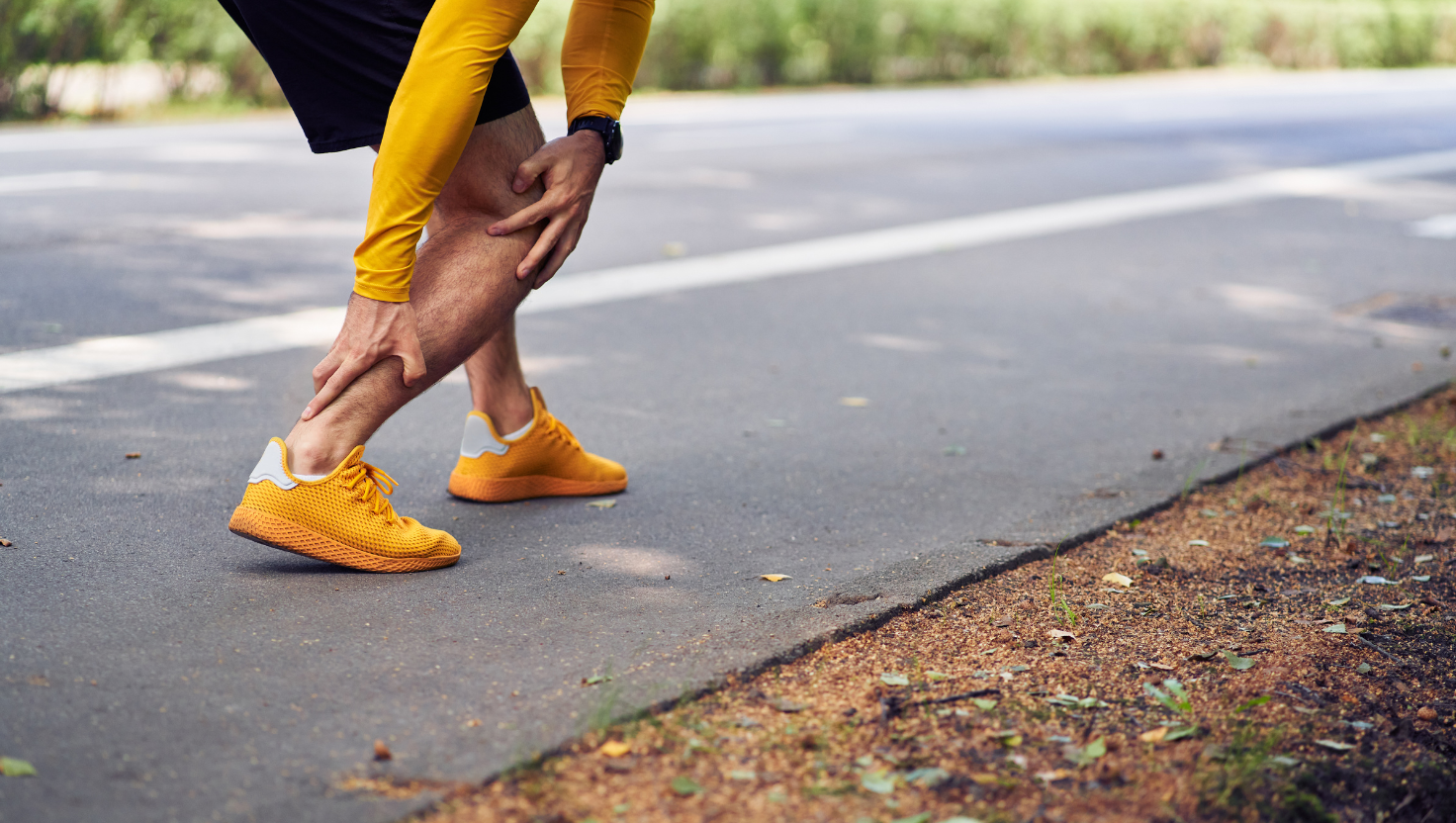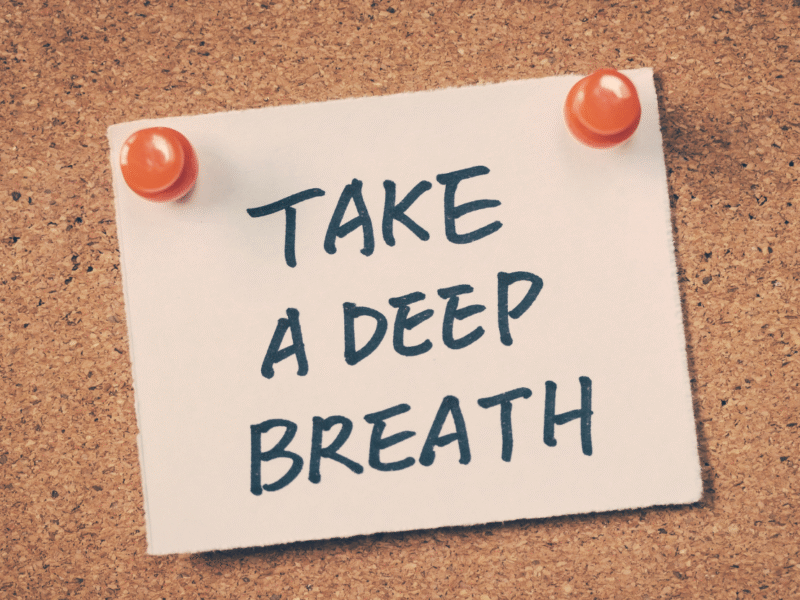As a renowned orthopedic specialist with over two decades of clinical experience, I’ve treated countless patients seeking effective tendon injury relief. Whether you’re grappling with Achilles tendonitis, rotator cuff strains, tennis elbow, or any other form of tendon pain, understanding the fundamentals of tendon healing and adopting evidence-based strategies is key. In this post, I’ll share practical tips, rehabilitation exercises, and proven treatments to help you find lasting relief.
Understanding Tendon Injuries
Tendons connect muscle to bone and transmit the forces needed for movement. When subjected to repetitive stress or sudden overload, tendons can develop inflammation (tendonitis), microtears, or more serious ruptures. Common symptoms include:
- Localized pain and tenderness along the tendon
- Swelling or mild warmth over the injured area
- Stiffness and limited range of motion
- Weakness during muscle contraction
Early intervention not only reduces pain but also prevents chronic degeneration, known as tendinopathy.
1. Implement the R.I.C.E. Method
Rest, Ice, Compression, and Elevation (R.I.C.E.) remains the cornerstone of tendon injury management:
- Rest: Avoid activities that exacerbate pain, such as running for Achilles issues or repetitive lifting for elbow strains.
- Ice: Apply a cold pack for 15–20 minutes, three times daily, to reduce inflammation and tendon swelling.
- Compression: Use an elastic bandage or tendon brace to limit swelling and provide gentle support.
- Elevation: Elevate the affected limb above heart level when possible to encourage fluid drainage.
2. Gentle Range-of-Motion Exercises
Once acute pain subsides (usually 48–72 hours), begin tendon rehabilitation exercises to maintain flexibility:
- Passive stretches: For an Achilles tendon injury, lie on your back and use a towel to gently pull your foot toward you.
- Active-assisted range of motion: Use your uninjured hand to guide the movement of your injured elbow or shoulder without bearing weight.
- Pain-free reps: Perform 10–15 slow repetitions, two to three times daily, ensuring you don’t push into sharp discomfort.
3. Progressive Strengthening & Eccentric Training
After restoring initial flexibility, transition to eccentric strengthening, which has strong evidence for improving tendon repair:
- Heel drops for Achilles tendinopathy: Stand on a step with both heels hanging off the edge. Lift onto your toes with both feet, then slowly lower the injured heel below the step level.
- Nordic hamstring curls for hamstring tendon strains.
- Eccentric wrist curls for tennis elbow.
Aim for three sets of 12–15 slow, controlled reps, once daily. Overload gradually to stimulate collagen remodeling in the tendon.
4. Adjunct Therapies
Depending on injury severity and chronicity, consider these additional tendon pain relief options:
- Nonsteroidal anti-inflammatory drugs (NSAIDs): Short-term use can help manage pain and swelling.
- Physical therapy modalities: Ultrasound, laser therapy, or shockwave therapy can accelerate healing.
- Platelet-rich plasma (PRP) injections: Emerging data supports PRP for stubborn tendinopathies by delivering growth factors directly to the injury site.
- Night splints or orthotics: Maintain slight stretch overnight for conditions like plantar fasciitis.
5. Prevention and Long-Term Maintenance
To minimize recurrence:
- Warm up properly before exercise with dynamic stretches.
- Cross-training to avoid repetitive stress.
- Maintain core and proximal muscle strength—weak hips or shoulder blades can overload distal tendons.
- Monitor training load, increasing intensity by no more than 10% per week.
Conclusion
Tendon injuries can be stubborn, but with a structured approach—R.I.C.E., gradual range-of-motion work, eccentric strengthening, and targeted therapies—you can achieve meaningful relief and restore function. As your physician, I encourage you to listen to your body, progress at your own pace, and seek professional guidance when needed. Consistency with these tendon injury recovery strategies is your best path to pain-free movement and a return to the activities you love.



